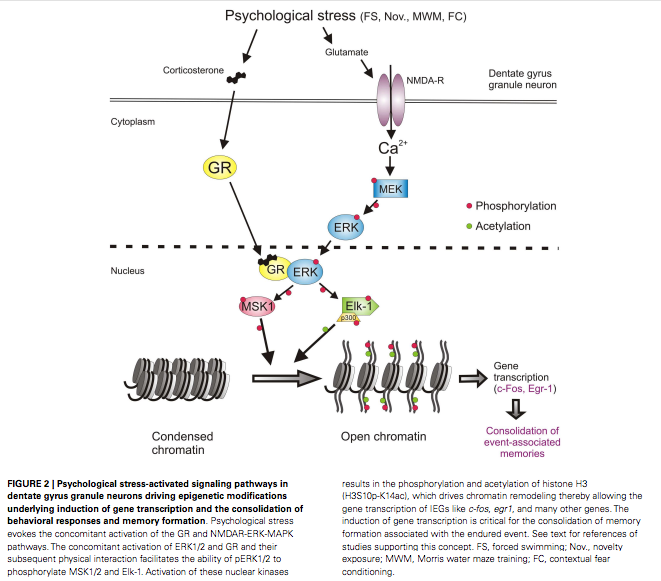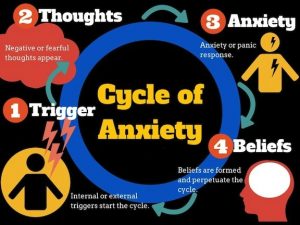We know that autism is a developmental disorder that impacts communication and social interaction. However, what is the cause of this debilitating disorder that effects so many? We can say for sure that vaccines do not cause autism, but our genes play a significant role in the onset of the disease. Another very important factor is related to environmental factors. The environmental impacts can be boiled down to two problems in the body: zinc deficiency and immune system abnormalities. Either of these problems in the body can lead to an increased risk of autism and often begins when a child is in the womb.
Genetic Component:
Autism has been linked to a mutation in the Shank2 and Shank3 proteins in the body. These proteins can be found in the postsynaptic neuron in the postsynaptic density (PSD). This area is basically a grouping of proteins that is responsible for strengthening the synapse between the pre and postsynaptic neurons. This makes synapses stronger when a signal is passed across the synaptic cleft. Shank2 and Shank3 are scaffolding proteins that are responsible for holding proteins in place in the PSD so that when a signal is transmitted to the postsynaptic neuron, all the proteins are in place to cause a response in the body. These two proteins specifically are involved with the NDMA receptors and mGlu receptors. These pathways are implicated in cell growth by modification of transcription factors in the nucleus. Mutations in these proteins which impact their scaffolding ability have been discovered in those with autism. We are not necessarily sure why this is related to autism, but in mouse models those with mutated Shank2 and Shank3 proteins show phenotypes similar to those with autism. Along with this, they show an upregulation NDMA and mGlu receptors probably because they need more receptors to cause the same response in the body without a functioning shank protein.
In this image you can see the Shank protein and its association with the mGluR. This association leads to a stronger synapse that activates the ERK pathway and leads to a change in gene translation in the nucleus.
Zinc Deficiency:
I would like to focus on the environmental factor of zinc deficiency as it plays a vital role in the shank protein mechanism. Zinc is very important throughout the body and is required for many of the bodily processes. However, it is very necessary in the PSD as it activates Shank proteins and causes them to stick together forming a scaffold that proteins can stick to. With a lack of zinc, it can cause Shank proteins to be faulty which could contribute to autism related symptoms. Zinc deficiencies are related to melatonin imbalances which can lead to abnormal sleep schedule or inability to sleep well which is a symptom of those with autism. It is also related to malnutrition and copper overload in the body. If a person is not eating well, they will not have enough zinc in the body to support all of its functions. Also, copper and zinc are related in the body because as copper levels rise, zinc levels are low and vice versa. Overall, a zinc deficiency can have many negative impacts in the body and can begin affecting a child when it is in the womb if the mother has too low levels of zinc.
Autism:
Although we do not know the exact cause of autism or how to combat it, it is sure that genetic and environmental factors both play a vital role in the development of the disorder. At this point, it is unclear of what an effective treatment for these problems is, however, a healthy diet and avoiding infections and stress during pregnancy is a good start. Although, sometimes even doing everything right can still lead to autism as genetics play a very vital role. In the future, we can only hope that research leads us far enough so that we have the ability to treat and/or cure this disorder.
Please read if you would like to learn more about environmental factors and autism:
https://www.frontiersin.org/articles/10.3389/fpsyt.2012.00118/full
Cover image found from:
http://readingroom.mindspec.org/wp-content/uploads/2011/07/Picture1-300×221.png
In text image found from:
http://flipper.diff.org/apprulesitems/items/6885

























